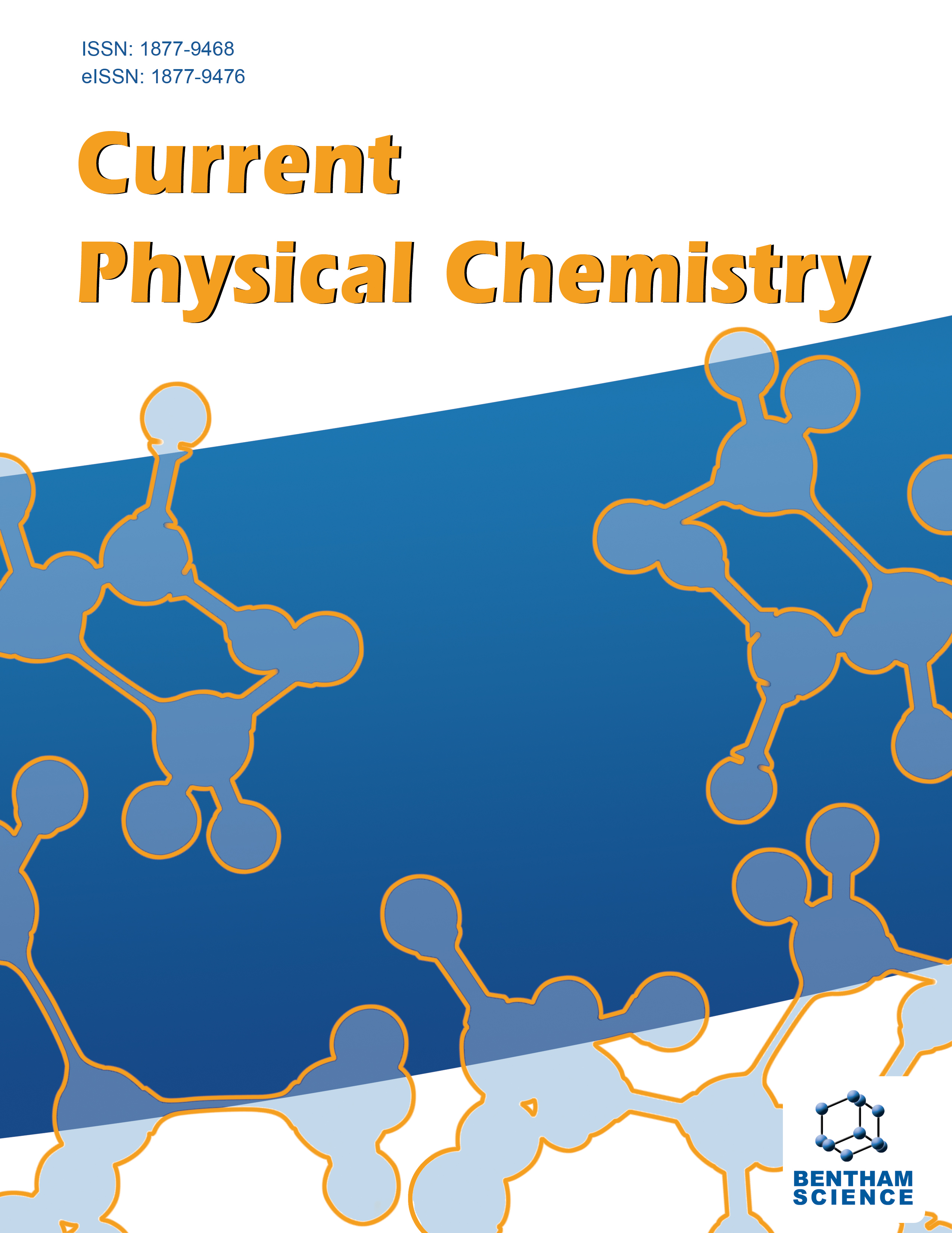- Home
- A-Z Publications
- Current Physical Chemistry
- Previous Issues
- Volume 10, Issue 2, 2020
Current Physical Chemistry - Volume 10, Issue 2, 2020
Volume 10, Issue 2, 2020
-
-
Effect of Mechanical Activation on Leachability of Fayalite in Sulfuric Acid Solution
More LessAuthors: Rashid Nadirov and Lyazzat MussapyrovaBackground: Being by-products of non-ferrous metallurgy, slags contain fayalite (Fe2SiO4) as the major component. Since hydrometallurgical methods are considered as the most promising for processing such material to obtain valuable metals, increasing the leachability of fayalite in sulfuric acid as a widely used leaching agent is an important task. Objective: The present work was devoted to increasing the reactivity o Read More
-
-
-
Taguchi Approach and ANOVA in Optimization of the Dissolution of Colemanite in CO2 and SO2- Water Systems
More LessAuthors: Zafer Ekinci, Esref Kurdal and Meltem K. CoruhBackground: Turkey is approximately 72% of the world’s boron sources. Colemanite, tincal, ulexite and pandermite are among the most significant in Turkey. Boron compounds and minerals are widely used in many industrial fields. Objective: The main purpose of this study was to investigate the control of impurities in the boric acid production process using colemanite by carrying out the reaction with a mixture of CO2 and SO2 - Read More
-
-
-
Gangue Entrainment in Olivine Flotation: Effect of MIBC Dosage on the Mitigation of Lizardite Recovery
More LessAuthors: Taki Guler and Ercan PolatBackground: Olivine is an important industrial raw material especially for metallurgical applications like foundry sand, refractory, slag conditioning, etc. Loss On Ignition (LOI) value (>1%) is the main specification of olivine ore/concentrate for those areas together with the chemical specifications. Objective: This flotation study was conducted in natural pH condition with Na-oleate as collector to clarify the effect of frother (MIBC) do Read More
-
-
-
The Effect of Grain Size on Microwave Interaction of Magnetite Concentrate Mixed with Carbonized Biomass Waste
More LessAuthors: Elif A. Öztürk, Mustafa Boyrazli, Mehmet Deniz Turan and Murat ErdemoğluAims: In this study, microwave interaction of magnetite ore concentrate which was mixed with carbonized biomass waste and divided into different grain sizes, was studied. Materials and Methods: The mixture consisting of magnetite concentrate and carbonized product was pelletized by the addition of molasses and jelly as binders. The pellets prepared with various particle size powders were subjected to microwave treatmen Read More
-
-
-
The Mechanical Alloying of Magnetite Concentrate with Biochar
More LessAuthors: Elif A. Öztürk, Mustafa Boyrazli, Mehmet Deniz Turan and Murat ErdemoğluAim: In this work, the effect of milling time on the mechanical alloying of the mixture containing the magnetite concentrate and biomass waste was investigated. Materials and Methods: The ore’s grade consisting of hematite and magnetite minerals was increased from 49.87% Fe to 67.29% Fe using the low intensity wet magnetic separator. Biomass waste which was supplied from ÇAYKUR black tea facilities, used as a carbon so Read More
-
-
-
Modelling to Predict Moisture Ratio in Infrared Drying of Machine Plaster by Particle Swarm Optimization
More LessAuthors: Mehmet Kalender, Mahmut T. Özdemir and Hasan GülerBackground: Gypsum plaster is one of the most important building materials. The use of gypsum plasters is very common due to their many advantages. The drying process is an important stage in the production of gypsum materials and applications. Modelling of drying phenomenon can benefit drying technology. Recently, Particle Swarm Optimization (PSO) technique has been used to obtain optimum model equations for Read More
-
-
-
Characterization of Hybrid Bio-Ceramic Hydroxyapatites Reinforced by Expanded Perlite-TiO2-ZrO2-MgO-P2O5
More LessAuthors: Erdoğan Karip and Mehtap MuratoğluBackground: Hydroxyapatite, which is naturally and synthetically available, is often used as a biomaterial because of its similarity to bone. Aim: In this study, Natural hydroxyapatite powder, synthesized from sheep bone, and synthetic hydroxyapatite were used as matrix. Materials and Methods: Hybrid bio-ceramic composites were obtained by adding 5 wt. % expanded perlite-TiO2-ZrO2-MgO-P2O5 to both matrixes. The Read More
-
-
-
A Study on the Investigation of Diffusion Coefficient for Oil Extraction from Terebinth (Pistacia terebinthus L.) Seeds
More LessAuthors: Fatih Kaya and Ahmet ÖzerObjective: In this study, the extraction of oil from Pistacia terebinthus L’s seeds grown in Elazig-TURKEY and called menengic in domestic region was investigated. Crude oil content of the seeds obtained from this region was determined as approximately 47% (w/w). Method: Effects of the parameters such as extraction time, temperature, seeds/solvent ratio (dosage), the particle size of seeds and type of solvent were exa Read More
-
-
-
Estimation of Calorific Values of Some of the Turkish Lignites by Artificial Neural Network and Multiple Regressions
More LessAuthors: Engin Özdemir and Didem E. SariciBackground: The calorific value is the most important and effective factors of lignites in terms of energy resources. Humidity, ash content, volatile matter and sulfur content are the main factors affecting lignite's calorific values. Objective: Determination of calorific value is a process that takes time and cost for businesses. Therefore, estimating the calorific value from the developed models by using other parameters will benefi Read More
-
Most Read This Month
Article
content/journals/cpc
Journal
10
5
false
en


